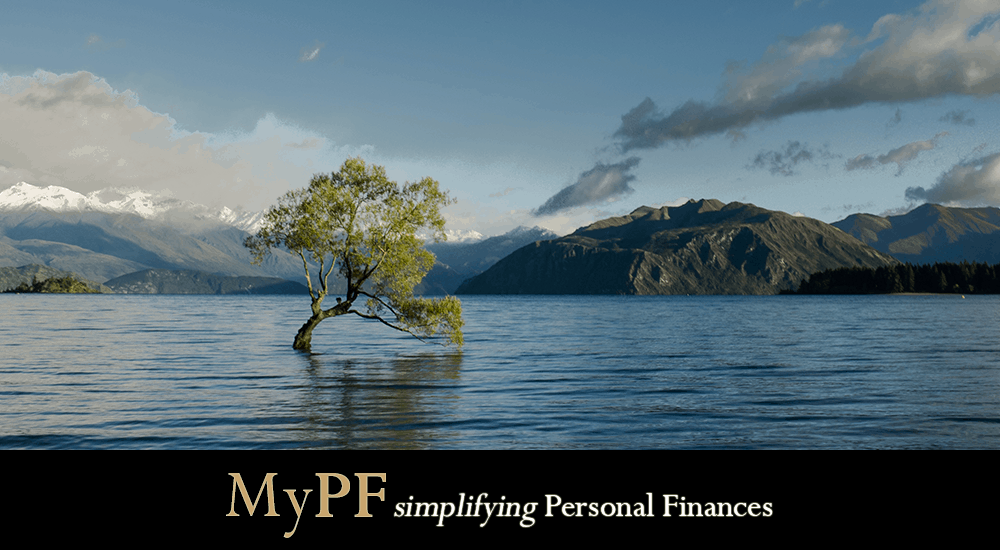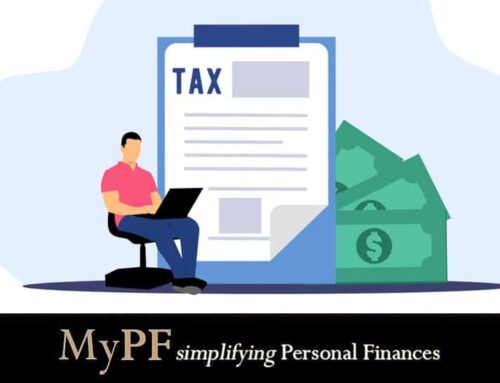Our hearts go out to all affected by flooding in Penang and Kedah. Here are suggestions to help you be better prepared for flooding in our world today of uncertain weather conditions. Stay safe and alert!
Updated: Nov 10, 2017

Contents
Preparing for Flooding
Vehicle and property insurance
Your vehicle and property insurance does not cover flooding by default. Consider getting additional flooding coverage for your vehicle (costing ~0.5% of your sum insured) and home which may help prevent unnecessary losses. The General Insurance Association of Malaysia (PIAM) has assured that all flood claims will be paid out if flood coverage is part of your insurance policy.
Q: Will I be fully compensated if my vehicle is damaged from flooding?
A: Yes up to the amount of damage assessed. This is regardless on whether a state of emergency is declared or not. You also need to make sure that your vehicle’s sum assured is at market value else you will receive only partial compensation for under-insured vehicles. If a part is replaced with a better part that costs more, you may need to pay the difference in costs. Larger claims may require longer processing time whereby you will be paid a certain % sum first before full settlement. Do check the terms of your insurance policy. You can also contact PIAM (contact info at end of article).
Flood proofing and barriers
The best time to start flood proofing your home is when the weather is sunny. Flood proofing options include:-
- Raising the floor of all/part of your home.
- Building a barrier around or at the front/back of your home.
- Sealing the exterior of your home so it is water tight and applying waterproof paint.
- Ensure your electrical system is not in danger of being submerged and consider moving low-lying electric sockets higher up your walls.
- Seal up your toilet/washroom water entry points to avoid water entering your home.
- Buying a water pump to drain out excess water.
Emergency supplies
It is good to have a supply of food and water to last for at least 3 days if you are not able to get food or food supplies are cut off. Store your food on higher grounds and drier areas. Ensure you have enough drinking water for everyone. You can also install a backup water system as well on the roof of most houses which provides water in case of cuts. Other emergency supplies to prepare include basic first aid equipment, flashlights with extra batteries, a small fire extinguisher, a radio, plastic plates/utensils, and a non-electrical can opener.
You will also want to make sure you have emergency savings ready for any emergency expenses caused by the flooding.
Hold everyone (especially authorities) to higher standards
The best solution is always prevention where possible. You, your community and leaders need to make sure that the drains are not clogged up, and development is not causing long-term environmental damage. There is a need to plant more trees, avoid inappropriate soil management, and that flood warning management systems are working.

Handling Flooding
Move important things to higher ground
As rain gets heavy and prolonged, or you receive a flooding warning consider moving your valuables to higher ground. For example:-
- Parking your vehicle on a higher around or up in a multi-storey car park.
- Move valuable items to your upper floor or higher places at home (be wary of over-stacking and stability).
- Make sure that things you may need like emergency supplies are easily accessible and secure.
Don’t play in flood waters
Flood waters contain waste materials, chemicals, and diseases. Avoid going into water-logged areas unless necessary. (Flood selfies are a NO!) Put on water-resistant boots if you must go out. Disinfect yourself if you come into contact with flood water. Under no circumstances should you drink flood water. Flood waters also may cover debris, holes or fast-flowing currents that may cause harm or even loss of life. Be especially careful for those who are very young or old as they are at higher risk.
Stay updated
Keep up to date of the latest alerts and warnings of the flood. Do check for credible sources and avoid believing/forwarding every single viral message you receive.
Prepare in case of emergency evacuation
Although flooding has rarely reached a state requiring evacuation, be ready if there is a need for emergency evacuation. Carry a backpack (leaving you arms free) with your most important documents and essentials that can last you 3 days. Pack your belongings in water-proof bags/plastics to avoid the possibility of water entering your belongings. Wear brightly colored clothing if possible to increase visibility.

Recovering after Flooding
Safety first
Practice caution when going anywhere after flooding even if the storm has let up. Areas may contain broken power lines, chemicals or unstable structures. The same goes for driving as well as flood damage may cause structural instability on buildings, trees, roads and bridges.
Restore, dry and ventilate
Mold can quickly grow on all areas that were exposed to water. Items that are movable should be washed thoroughly, dried and ensured completely dry and fungus-free before being brought back in. If something is too extensively damaged, consider throwing it away at a proper disposal area. Allow airflow and ventilation in your home by opening windows and doors. Consider using a dry and wet vacuum to help clean up excess water.
Flooded Vehicle
Look for the waterline to see how far your car was only partially submerged. If you suspect the water level to have touched your engine, do not try to start your vehicle as it may damage your engine beyond repair. Check if water has seeped into your air filter, engine oil, power steering, brake, clutch and coolant reservoirs. Get a tow truck to move your car to be checked by a trusted mechanic/workshop.
Make insurance claims
Hopefully you have been adequately insured for home or vehicles damaged from the flood. Do contact your insurance provider within 7 days to report the damages faced. Do not proceed to make repairs yet on your own unless instructed to by your insurance provider. Follow the instructions of your insurance provider to guide you through the process of filing the claim, assessing the damage, and making the repairs/replacement/compensation.

Don’t instigate
Avoid making statements and comments that are inflammatory, instigate others, and/or are plain outright rude and insensitive. This is especially true if you are prominent public person or politician. And please don’t wayang. Gently direct focus towards helping your family and your community to recover from the often devastating effects of flooding.
Accept Help Gracefully
Accept and be thankful for assistance from various parties including government-related, companies, and volunteers. Don’t be impatient if there are queues or long waits. Say thank you to the folks who are helping out.
Grab RM5 off for Penangites
“GRAB4PG”
Nov 9-23 7am-7pm
Max 25 rides eachUber RM5 off for Penangites
“UberForPenang”
Nov 9-26 7am-7pm
Max 25 rides each
More Info
Persatuan Insurans Am Malaysia (PIAM)
- Email: piam_sec@piam.org.my
- Tel: 03 – 2274 7395
Malaysia Meteorological Department
- Website: met.gov.my
- Facebook: fb.com/malaysiamet




Leave A Comment